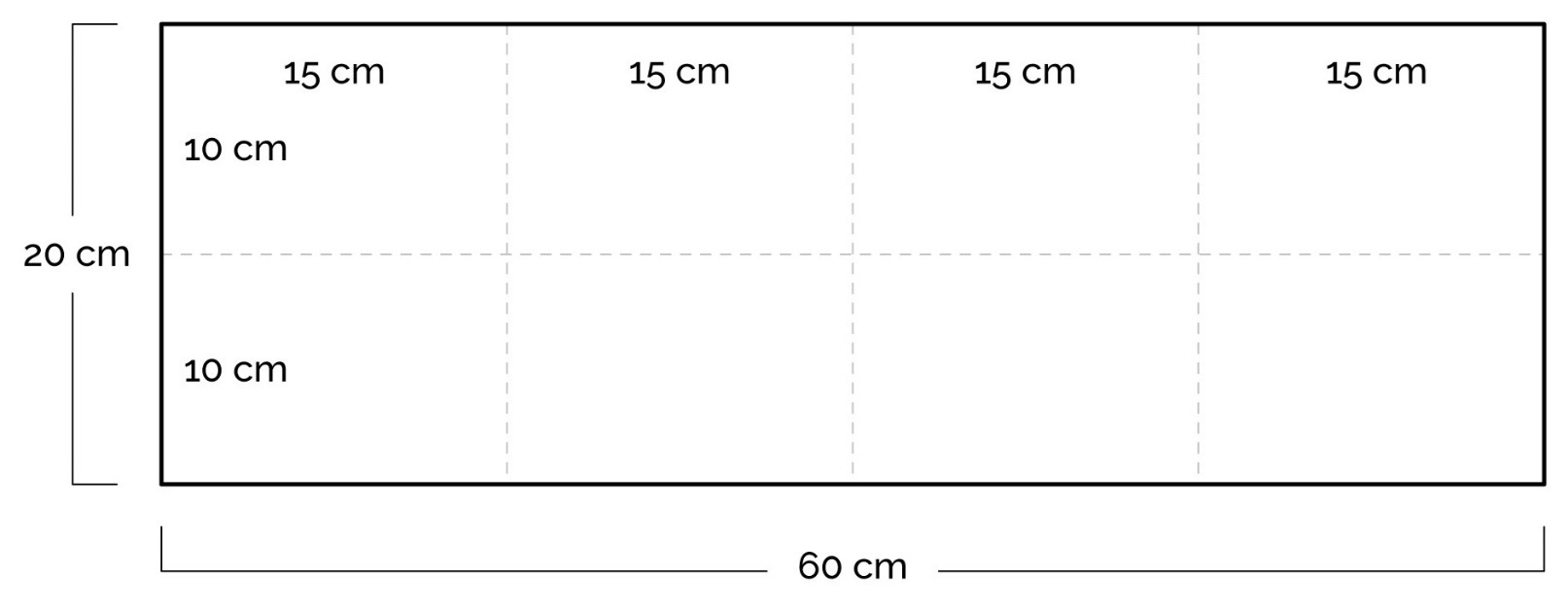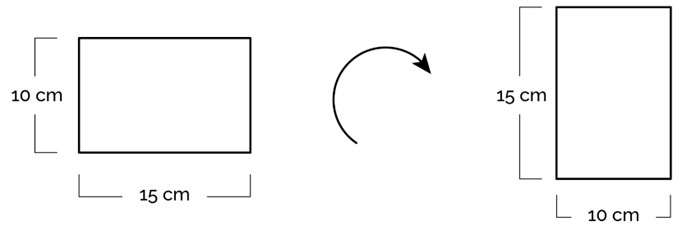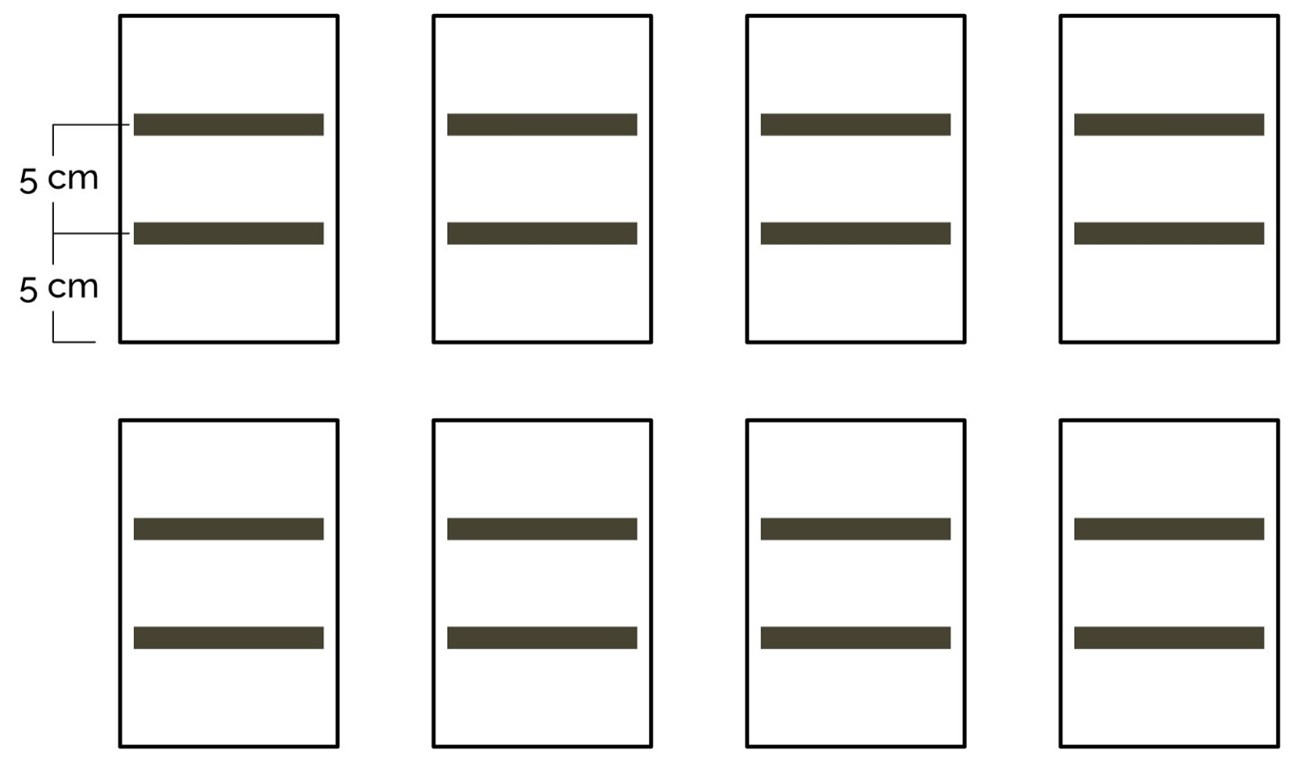PAIN AU CHOCOLATE

INGREDIENTS
500g Bread Flour
55g White Sugar
10g Salt
150g Milk, warm
150g Water, warm
8g Osmotolerant Yeast
1 Egg (for egg wash)
1 tsp Water (for egg wash)
250g 84% European Butter (for butter block)
16 pc Chocolate Batons
METHOD
DAY ONE
Remove the butter from the fridge to allow it to become pliable, while you make the dough.
In a bowl of a stand mixer, place the flour, sugar, yeast and salt and give it a quick whisk together. Attach the dough hook to the mixer. Add the milk and water and mix on low speed for 2 minutes. Increase to medium speed and mix for an additional 7 minutes.
Prepare a baking sheet lined with parchment paper.
Remove the dough from the bowl and place onto the baking sheet and press down gently to form a rectangle. Cover the tray with plastic wrap and place in the fridge overnight.
Fold a sheet of parchment paper to 20cm x 40cm and place the butter onto the paper. Put another piece of parchment on top and use a rolling pin to roll the butter into a thin layer to fit the 20cm x 40cm template. Wrap up the butter block in the parchment and place in the fridge overnight.
DAY TWO
Remove the dough from the fridge and place the dough on a lightly floured work surface. Roll the dough to 40cm x 40cm in size, keeping as much of a square shape as possible. Wrap the dough tightly in plastic wrap and place in the fridge for 30 minutes.
At the 15 minute mark, remove the butter block from the fridge.
After 30 minutes, remove the dough from the fridge and place on a lightly floured work surface. If the dough has shrunk during resting, roll it out again to 40cm x 40cm size.
Remove the butter block from the parchment and place it in the middle of the dough. Fold the left and right sides of the dough over the butter to encase it. Press down gently on the join with a rolling pin to seal it.
With the seam facing up, running down the middle of the dough, extend the length of the dough from 40cm to 60cm, taking care not to extend the width. Perform the first letter fold.
Imaging the dough in thirds, fold A in the right direction to end on top of B. Then fold C in the left direction to end on top of A.

Remove the dough from the freezer and roll the length to 60cm again and repeat the letter fold. This is the second fold. Wrap the dough tightly again in plastic wrap and put it in the freezer again for 20 minutes.
Remove the dough from the freezer and roll the length to 60cm again and perform the third letter fold. Wrap the dough again in plastic wrap and put it in the freezer for 20 minutes to halt fermentation.
After 20 minutes, remove the dough from the freezer and roll it slightly larger than 60cm x 20cm.
Using a sharp knife or pizza wheel, trim any rough edges so the dough is exactly 60cm x 28cm.
On the top edge of the dough, mark 15cm increments. On the side edge, mark 10cm increments.

Cut the dough into 8 rectangles, 15cm x 10cm in size.

Place a chocolate baton along the 1/3 and 2/3 position of the dough.

Roll up the dough starting from the edge with the 1/3 chocolate stick and place onto a sheet tray lined with parchment paper. Repeat with each piece of dough.
Make the egg wash by mixing the egg and water and straining the mixture through a fine sieve. Brush each pain au chocolate with the egg wash, making sure not to brush egg over the lamination layers. Place a plastic bag over the sheet tray and proof the dough for 2 to 4 hours until they have doubled in size.
Preheat the oven to 392F (200C). Brush another coat of egg wash over the pain au chocolates, being careful not to egg wash the lamination layers.
Bake the pastries for 20 minutes until golden brown then remove from the oven and place on a wire rack to cool.

